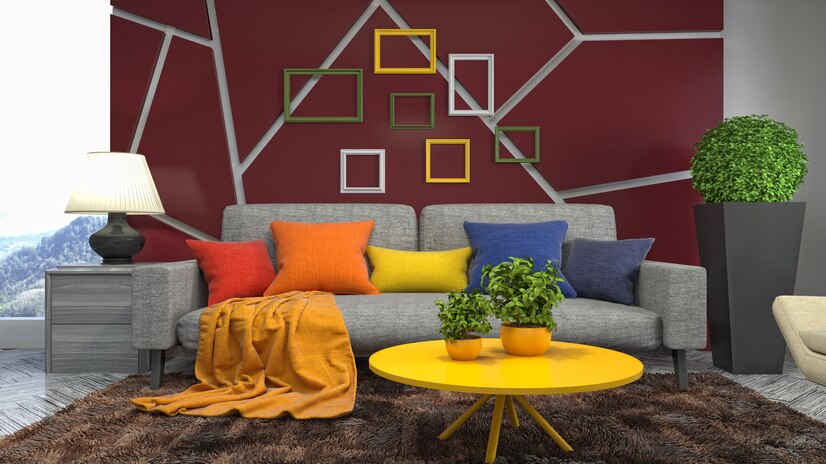Lotus365 Book, Lotus365, Lotus365: When designing an interior space, one key factor to consider is balance. Achieving a harmonious environment involves distributing visual weight evenly across the room. This can be done by incorporating a mix of furniture, colors, and textures to create a sense of equilibrium.
Another essential element in creating a harmonious interior space is unity. By ensuring that all elements in the room work together cohesively, a sense of cohesion and connection is established. This can be achieved through the use of complementary color schemes, consistent design styles, and thoughtful placement of decor items throughout the space.
� Balance is achieved by distributing visual weight evenly
� Incorporate a mix of furniture, colors, and textures
� Create a sense of equilibrium in the room
� Unity is essential for creating cohesion in interior spaces
� Ensure all elements work together cohesively
� Use complementary color schemes and consistent design styles
� Thoughtful placement of decor items throughout the space
Color Psychology and its Impact on Mood
Color plays a significant role in influencing our emotions and overall well-being in a space. Different colors are known to evoke various feelings and reactions in individuals. For instance, cool tones like blue and green might evoke feelings of peace and relaxation, while warm tones like red and orange are frequently connected to energy and enthusiasm.
Understanding the psychological impact of colors on mood can help in creating a harmonious interior space that promotes desired emotions and behaviors. By strategically incorporating different hues into the decor, one can effectively enhance the atmosphere and ambiance of a room to cater to specific emotional needs and preferences. Whether it’s using vibrant colors to stimulate creativity in a workspace or soothing tones to promote tranquility in a bedroom, color psychology can be a powerful tool in interior design.
What is color psychology?
Color psychology is the study of how different colors can impact a person’s emotions, behaviors, and mood.
How does color affect mood in interior spaces?
Lotus365 Id, 99exch, 99exch.com Login: Colors have the ability to evoke different emotions and moods in a space. For example, warming colors like red and orange that can also create energy and excitement, hence cool colors like blue and green can also promote feelings of calmness and relaxation.
What are some key factors to consider when choosing colors for an interior space?
Factors to consider include the purpose of the space, the desired mood or atmosphere, the amount of natural light in the room, and the preferences and personality of the individuals using the space.
Can color choices in interior design impact productivity and creativity?
Yes, studies have shown that certain colors can enhance productivity and creativity. For example, blue is often associated with focus and productivity, while yellow can promote creativity and innovation.
How can I create a harmonious color scheme in my interior space?
To create a harmonious color scheme, consider using a color wheel to identify complementary colors or shades that work well together. You can also use neutral colors as a base and add pops of accent colors for visual interest.
Read Also:
- How To Convert Youtube To Mp4?
- Elon Musk Announces Removal Of Block Feature On X, Says ‘It Makes No Sense’
- In The Upcoming Week, Meta Is About To Launch A Web Version Of The Threads App
- United Nations latest Study Says: AI Will Not Take Your Job. It is Just A Tool For Work


